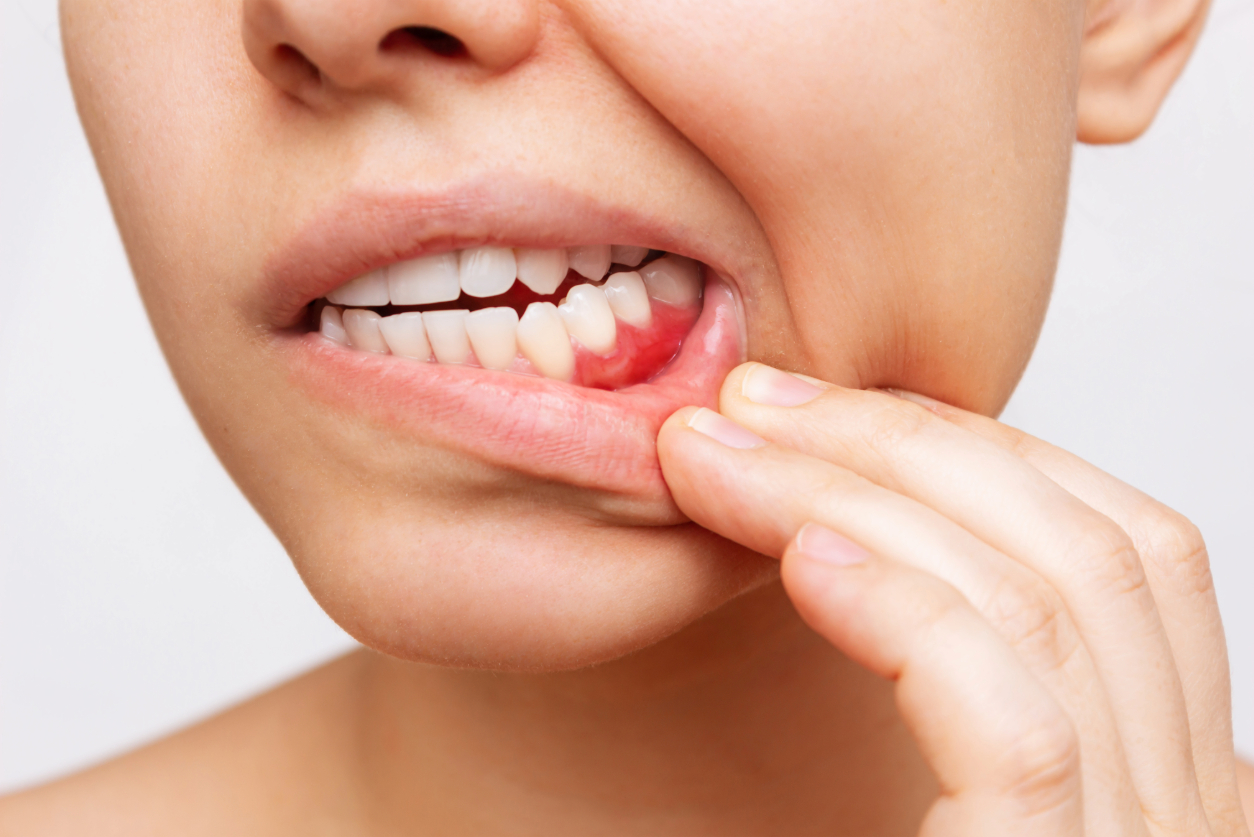


When you smile in the mirror, you probably focus on your teeth—but have you noticed your gums? Their color, texture, and appearance can reveal a lot about your oral health and even your overall well-being. Healthy gums are typically pink, firm, and resilient, but changes in color may indicate issues ranging from minor irritation to serious health conditions.
Understanding what your gum color says about your body allows you to take action early, prevent problems, and maintain a confident, healthy smile.
Healthy gums are usually pink or coral in color, firm to the touch, and fit snugly around your teeth. They should not bleed during brushing or flossing.
Key characteristics of healthy gums:
While pink is typical, natural variations can occur based on genetics, ethnicity, and skin pigmentation.
Bright red or inflamed gums may signal gingivitis, the earliest stage of gum disease. Common causes include:
Symptoms to watch for:
This could indicate more serious periodontal disease, inflammation, or even underlying systemic conditions such as low oxygen levels or circulatory issues.
Gums that appear unusually pale may be a sign of anemia, vitamin deficiencies, or low blood flow.
Yellow gums can indicate jaundice or liver issues, but may also result from smoking, poor oral hygiene, or plaque buildup.
Occasional dark spots may be normal pigmentation, especially in people with darker skin tones. However, sudden changes or irregular spots should be examined by a dentist to rule out oral diseases or melanoma.
Gum color is only one clue. Be alert for additional signs that suggest problems:
Early detection can prevent gum disease from progressing to more severe stages, including tooth loss.
Gum discoloration can result from oral health issues, lifestyle factors, or systemic health problems. Common causes include:
Maintaining regular dental visits allows your dentist to identify causes early and recommend appropriate treatment.
A dentist examines gums during routine check-ups, looking at:
Sometimes, blood tests or other diagnostic tools are recommended if gum discoloration may be linked to systemic health issues.
Regular dental visits are essential to keep gums healthy and catch problems early.
Maintaining healthy gum color and function requires consistent oral care:
Good habits not only improve gum health but also protect teeth and prevent bad breath.
Myth: Gums should always be bright pink.
Fact: Healthy gum color can vary naturally depending on genetics and skin tone.
Myth: Bleeding gums are normal.
Fact: Bleeding gums indicate irritation or early gum disease and should be addressed promptly.
Myth: Gum disease only affects the mouth.
Fact: Gum disease has been linked to systemic health problems, including heart disease and diabetes.
Q: Are dark gums always a sign of disease?
A: Not necessarily. Some people naturally have darker pigmentation. Sudden changes, irregular spots, or discomfort should be evaluated by a dentist.
Q: Can gum color change overnight?
A: Gum color usually changes gradually. Sudden discoloration may indicate trauma, infection, or other health issues.
Q: How can I improve pale gums?
A: Pale gums may improve with proper oral hygiene, a nutrient-rich diet, and treating underlying conditions like anemia or vitamin deficiencies. Your dentist may recommend a check-up or blood tests to identify the cause.
Q: Are red or inflamed gums reversible?
A: Often, yes. Early-stage gum inflammation (gingivitis) can be reversed with improved brushing, flossing, and professional dental cleanings. Ignoring it, however, can lead to periodontitis, which requires more intensive treatment.
Q: Can systemic diseases affect my gums?
A: Absolutely. Conditions like diabetes, liver disease, or heart problems can manifest in gum changes, including color, swelling, or bleeding.
Q: How often should I have my gums checked?
A: Ideally, every four to six months during routine dental check-ups. More frequent visits may be necessary if you have gum disease, diabetes, or other health conditions affecting oral health.
Q: Can lifestyle habits change gum color?
A: Yes. Smoking, excessive caffeine, poor diet, and lack of proper oral hygiene can all contribute to gum discoloration and disease.
Your gums aren’t just the frame for your smile—they’re a window into your overall health. Paying attention to their color, texture, and overall condition can help you spot early signs of dental or systemic health problems.
Healthy, pink gums signal good oral hygiene and wellness, while changes in color, bleeding, or swelling should prompt a dental visit. Remember, early detection and consistent care can prevent serious issues and keep your smile bright for years to come.
Consistently rated 5 out of 5 stars in Vista, CA, Main Street Dental provides professional dental care for patients of all ages, helping maintain healthy gums and bright smiles.
Address: 1830 Hacienda Dr. Suite 1, Vista, CA 92081
Phone: 760-295-9870
Book your appointment today to get a thorough gum evaluation and expert guidance on maintaining optimal oral and overall health.